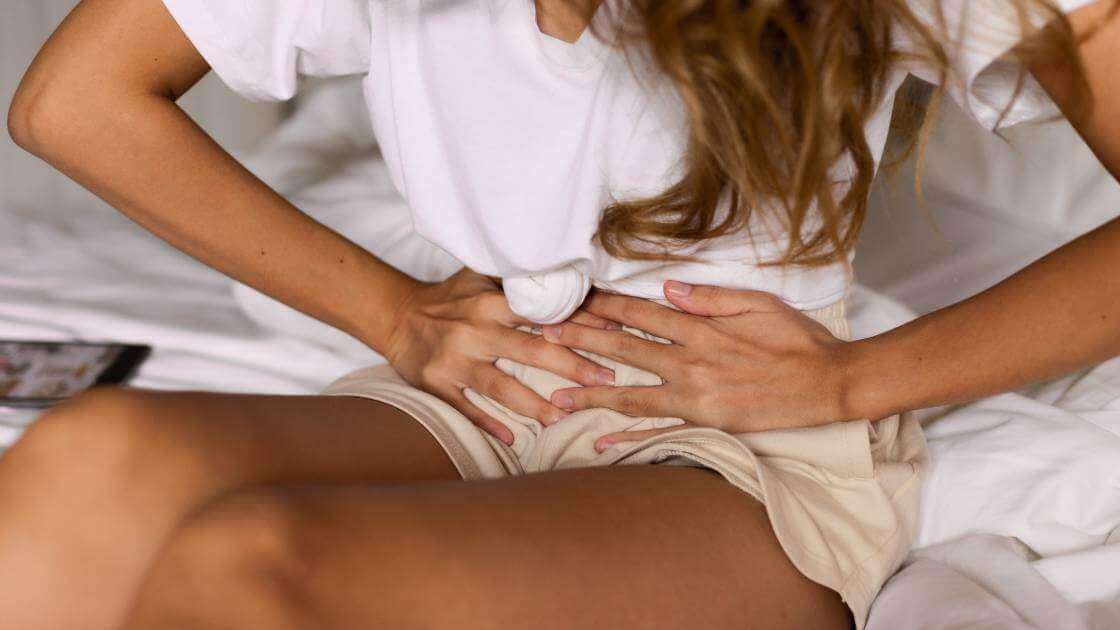Period Pain Tablets
Period pain consult online
You can consult a doctor about period pain online with Simple Online Doctors Australian-registered online doctor. You may complete an online assessment and brief consultation with Australian-registered doctors who will evaluate your suitability for the program.

Overview
What is period pain?
Period pain, scientifically known as dysmenorrhoea, occurs when the uterus (womb) muscles contract tightly. This is why it is referred to as a menstrual cramp because the uterus muscles contract tightly, causing pain just as any other cramping muscles.
Period pain (Dysmenorrhoea) can significantly impact a woman's quality of life ranging from infrequent, to every cycle. Beyond just pain, symptoms may include nausea, fatigue, bloating, and headaches.
What is the underlying cause of period pain?
Period pain can be split into two types, primary and secondary.
Primary dysmenorrhoea is when period pain occurs naturally as part of your regular menstrual cycle and is not caused by an underlying condition. It is instead the result of the natural production of prostaglandins which make up the lining of the womb. During menstrual bleeding when the lining is being shed, these prostaglandins trigger cramping of the muscles in your pelvic area, causing pain.
Some women have higher levels of prostaglandins in their lining, therefore resulting in stronger and more frequent cramping. This is why some women can experience more severe pain than others. Typically this develops soon after the first period.
Secondary dysmenorrhoea is when period pain is mostly attributed to or significantly worsened by an underlying medical condition such as pelvic inflammatory disease (PID), fibroids and endometriosis. Typically secondary period pain is best managed by managing the underlying condition with the oversight of a doctor.
Period pain relief treatments
Period pain treatment varies depending on individual health and needs and should be determined by a doctor.
Non-medicinal period pain treatments
Heating the lower abdominals with heat packs or hot water bottles is thought to relax the muscles and reduce tension which can help reduce period pain. This is an exceedingly common non-medication treatment for muscle-related pain.
TENs machines may also help reduce period pain via electrical nerve stimulation. A study review found that TENs machines delivered meaningful reductions to pain in primary dysmenorrhoea but only when the machine was active and at high frequency (50 pulses/second).

